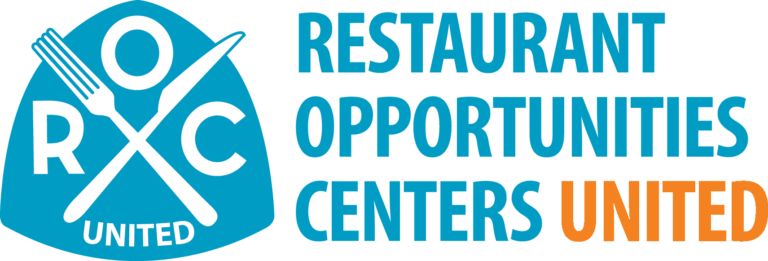Statements & Commentary
Statements
Statement From ROC United: Alabama and Missouri’s Unconstitutional Ban on Abortion, May 16, 2019
ROC United Applauds New Anti-Harassment Bill, April 29, 2019
Commentary
Opinion: Governor, Put Support Behind Everyday Tipped Workers, Times Union, August 19, 2019
Opinion: Why America Needs a Higher Minimum Wage, Tampa Bay Times, July 26, 2019
Opinion: The Racist History of Tipping, Politico.com, July 17, 2019
Opinion: Give Pennsylvania Workers the Wages they Deserve, PennLive.com, June 30, 2019
Opinion: Federal Minimum Wage Bump Overdue, The Detroit News, June 19, 2019
Opinion: Raise Minimum Wage for Tipped Workers, VT Digger, April 14, 2019
Opinion: Here’s a Tip: Pay everyone a fair wage, Boston Globe, Feb. 28, 2019
